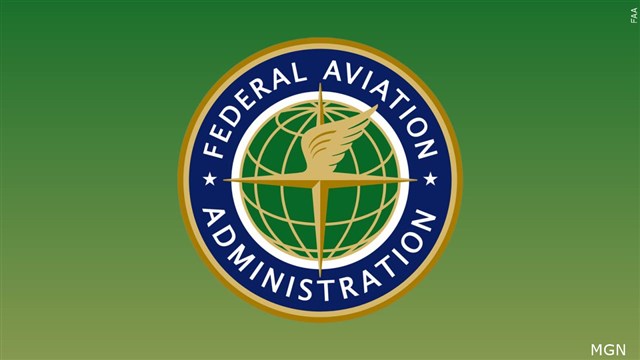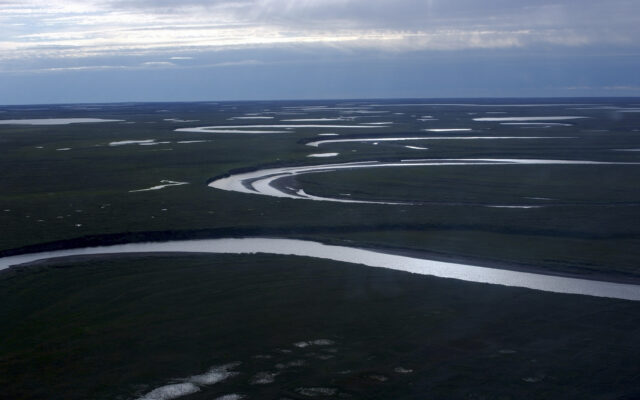DNR: ‘Give turtles a brake’ as they cross roadways

(Mankato, MN) – The Minnesota Department of Natural Resources is asking drivers to slow down for migrating turtles.
According to the DNR, turtles are crossing roads to nest this time of year, and the department asks motorists to watch for them, and help them safely cross the road whenever possible.
Lori Wengert, a New Ulm resident, snapped the featured photo of a female snapping turtle she helped across KC Road.
“Stopped on the KC road to move this stubborn snapper,” Wengert said of the turtle. “Ten minutes later, not only was she back on the road, but she was laying eggs. Could not move her again once she had started so, I HOPE in the 3-4 hours it takes her to finish no one runs her over.”
Each year at this time, female turtles move from lakes, ponds, wetlands, rivers, and streams to nesting areas as they search for suitable locations to deposit their eggs. Their slow pace makes them susceptible to getting hit and killed by cars. In fact, roadway mortality is believed to be a major factor in turtle population declines throughout the United States.
The DNR provided tips on handling turtles:
- Mostly importantly, don’t put yourself or others in danger. Simply pulling off the road and turning on hazard lights may alert other drivers to slow down. Be aware of surroundings and traffic.
- Allow unassisted road crossings. When turtles can safely cross roads unaided due to a lack of oncoming traffic, allow them to do so. Observe from a distance and avoid rapid movements, as doing otherwise will often cause turtles to change direction, stop, or seek shelter within their shells.
- If necessary to pick them up, all turtles except snappers and softshells (also known as leatherbacks) should be grasped gently along the shell edge near the mid-point of the body. If it is a snapping turtle or softshell turtle, try to use a car mat and pull it across the road. Many turtles empty their bladder when lifted off the ground, so be careful not to drop them if they should suddenly expel liquid. Avoid excessive handling that can disrupt turtle behavior.
- Maintain direction of travel. Always move turtles in the same direction they were traveling when encountered. Turtles should always be moved across roadways in as direct a line as possible.
- Help document turtle crossing and mortality areas by participating in the Minnesota Turtle Crossing Tally and Count Project. More information can be found at mndnr.gov.
- Turtles injured while trying to cross the road may be taken to your nearest permitted wildlife rehabilitator.
Photo credit: Lori Wengert, New Ulm
Click here to follow us on Facebook.
Click here to FOLLOW @SouthernMNnews on Twitter.
(Copyright © 2019 Southern Minnesota News. All rights reserved. This material may not be published, broadcast, rewritten or redistributed.)






